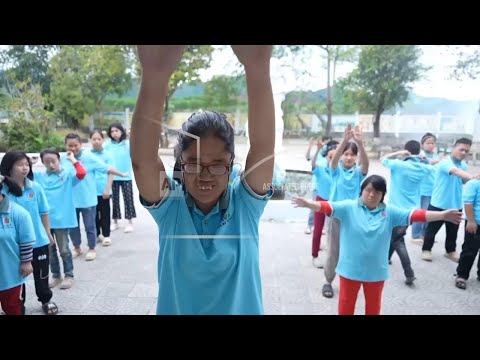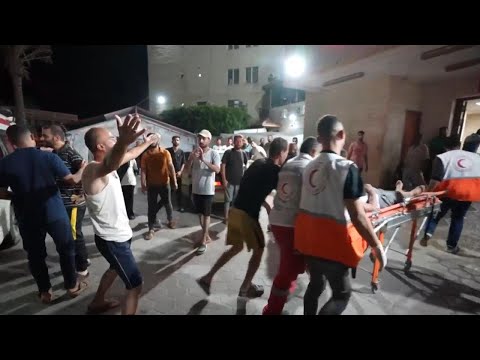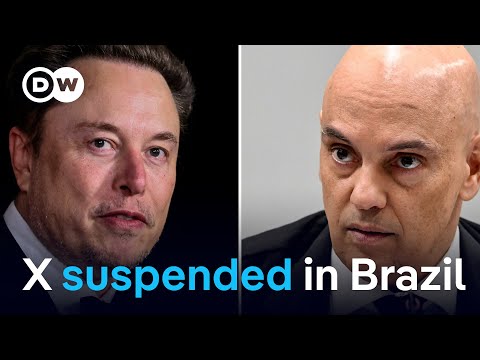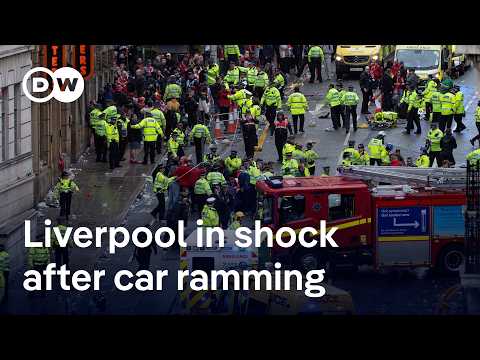(28 Apr 2025)
RESTRICTION SUMMARY:
ASSOCIATED PRESS
Da Nang, Vietnam – 7 March 2025
1. Various of students doing exercises at the Supporting Center for Victims of Agent Orange
ASSOCIATED PRESS
Lummi Island, WA – 16 April 2025
++VIDEO CALL++
2. SOUNDBITE (English) Charles Bailey, author:
"The impacts on people in Vietnam have been primarily now in the 2nd, 3rd, possibly 4th generation. The consequences are birth defects and following severe disabilities, both physical and mental disabilities."
ASSOCIATED PRESS
Da Nang, Vietnam – 7 March 2025
3. Various of students in classroom
4. SOUNDBITE (Vietnamese) Nguyen Thanh Hai, student with disabilities:
“My dream is to be a soldier to protect my country. I have many friends here and I’m very happy.”
5. Various of Hai playing with friends
6. SOUNDBITE (Vietnamese) Nguyen Van An, chair of Association for Victims of Agent Orange in Da Nang:
“The Agent Orange disaster has brought pain and misery to about four million Vietnamese people. We always believe that the U.S. government and the manufacturers of this toxic chemical must have the responsibility to support the victims.”
ASSOCIATED PRESS
ARCHIVE: between 1965-1969, location unknown
++4:3++
++MUTE++
7. Various of U.S. aircraft dropping napalm bombs
ASSOCIATED PRESS
ARCHIVE: undated, location unknown
++4:3++
++BLACK AND WHITE++
8. U.S. aircraft spraying herbicides
9. Defoliated forest
ASSOCIATED PRESS
Da Nang, Vietnam – 7 March 2025
10. Various of students playing with blocks
STORYLINE:
The Vietnam War ended on April 30, 1975, when the South Vietnamese capital of Saigon fell to Communist forces. But millions of people still face daily battles with its chemical legacy.
Nguyen Thanh Hai, 34, is one of millions with disabilities linked to Agent Orange. Born with severe developmental challenges, it’s a struggle for him to complete tasks others take for granted: buttoning the blue shirt he wears to a special school in Da Nang, practicing the alphabet, drawing shapes or forming simple sentences.
Hai grew up in Da Nang, the site of a U.S. air base where departing troops left behind huge amounts of Agent Orange that have lingered for decades, leeching into food and water supplies in areas like Hai’s village and affecting generations of residents.
Across Vietnam, U.S. forces sprayed sprayed 72 million liters (19 million gallons) of defoliants during the war to strip the enemy’s cover. More than half was Agent Orange, a blend of herbicides.
Agent Orange was laced with dioxin, a type of chemical linked to cancer, birth defects and lasting environmental damage.
Today, millions of people, including many children, still suffer serious health issues associated with exposure to it.
Vietnam has spent decades cleaning up the toxic legacy of the war, in part funded by belated U.S. assistance, but the work is far from complete.
Now, millions in Vietnam are worried that the U.S. may abandon Agent Orange cleanup as President Donald Trump slashes foreign aid.
When the war ended, the U.S. turned its back on Vietnam, eager to turn the page on a painful chapter in its history.
But Vietnam was left with dozens of dioxin hotspots spread across 58 of its 63 provinces.
Vietnam says the health impacts last generations, threatening the children, grandchildren, and even great-grandchildren of people exposed to the chemicals with health complications ranging from cancer to birth defects that affects the spine and nervous system.
“The science of causality is still incomplete,” said Bailey.
The contamination also denuded Vietnam’s natural defenses.
Find out more about AP Archive: http://www.aparchive.com/HowWeWork
Twitter: https://twitter.com/AP_Archive
Facebook: https://www.facebook.com/APArchives
Instagram: https://www.instagram.com/APNews/
You can license this story through AP Archive: http://www.aparchive.com/metadata/youtube/08979e715a8a456eb66f5f1afa00769b
Author: AP Archive
Go to Source
News post in May 3, 2025, 9:04 am.
Visit Our Sponsor’s:
News Post In – News





